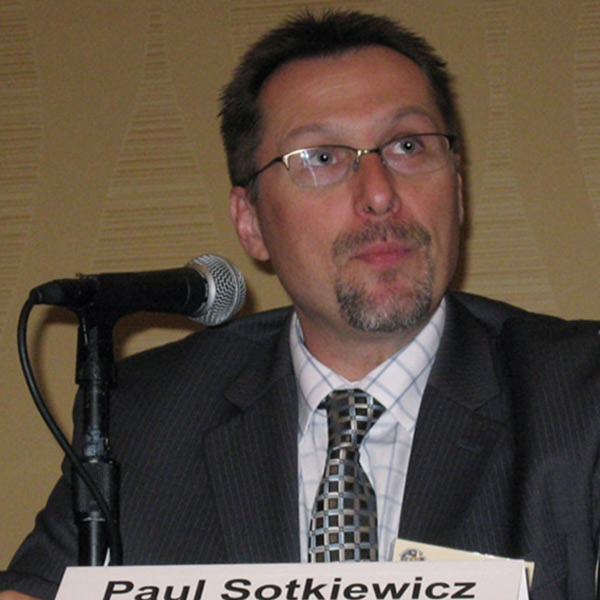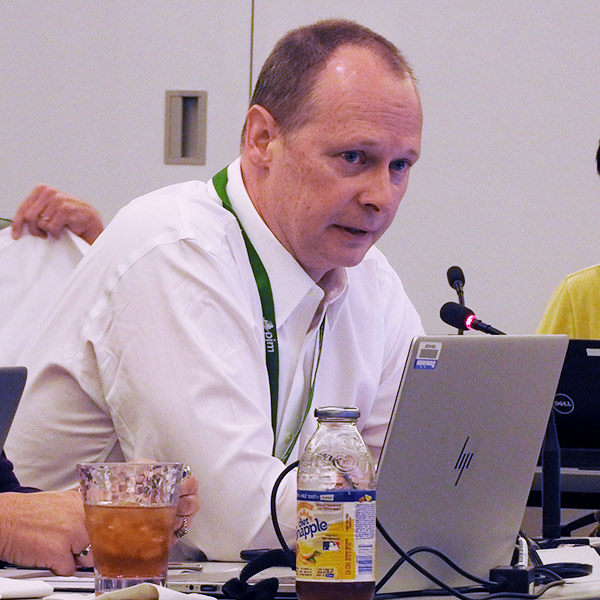Reactive Supply Proposal Endorsed
After several months of debate, PJM stakeholders endorsed an issue charge aimed at addressing compensation for reactive supply and voltage control service.
The combined issue charge from Dominion Energy and the Independent Market Monitor won 73% support with 166 stakeholders voting in favor of pursuing work on the issue at last week’s Market Implementation Committee meeting.
Dominion’s Jim Davis and Monitor Joe Bowring reviewed the combined problem statement and issue charge. Davis agreed last month to delay a vote on Dominion’s proposal, combine it with the Monitor’s, and clarify the key work activities and out-of-scope items. (See “Reactive Supply Proposal Vote Delayed Again,” PJM MIC Briefs: May 13, 2021.)
The start date for work on the issue was pushed back until October because of other pressing issues being developed in the stakeholder process.
Davis said it was “hard to believe” the issue charge was brought back for the fourth consecutive MIC meeting for discussion. He expressed appreciation for stakeholders’ feedback on the issue and thanked the Monitor for the work done to merge the two issue charges. Davis said the resulting issue charge was a “well defined document” that will look closely at reactive power, a critical component of the electricity system.
“We believe this is a comprehensive issue charge that’s going to examine compensation for reactive supply,” Davis said.

PJM transmission customers pay for reactive power as an ancillary service under Schedule 2 of the tariff, Davis said, and generation owners must submit a filing to FERC under Federal Power Act Section 205 to seek compensation. Davis said the existing rate mechanism is time-consuming for generation owners, developers and transmission customers, and exposes them to litigation costs in the defense or challenge of the requested rates.
Paul Sotkiewicz of E-Cubed Policy Associates questioned the meaning of the term “gaming” in the key work activities of the issue charge.
Davis said there were concerns from stakeholders that if a solution was developed allowing resource owners to have the option to elect either a stated rate or make a Section 205 filing to receive cost recovery, there would be a chance for the generation owners to flip back and forth to get the best rate.
“From Dominion’s perspective, we consider the possibility low, but it’s something to examine,” Davis said.
Calpine’s David “Scarp” Scarpignato said the issue charge should be careful using the language of “gaming.” Scarp aid there are certain business strategies of changing options depending on the environments that exists and that it’s not necessarily “gaming” the system.
Bowring suggested changing “gaming” to “market power and/or manipulation,” taking away the ambiguity and negative connotation of the term.
Sotkiewicz also questioned an out-of-scope item, “modifications to capacity offers.” Sotkiewicz said the item seemed to conflict with one of the key work activities examining “PJM market mechanisms that would provide the opportunity to recover reactive rates.”
Bowring said the point of the issue charge was to not rule any of the major approaches to the reactive rate process issue as out of scope. Bowring said he read the “modifications to capacity offers” as a narrow issue.
Gary Greiner, director of market policy for Public Service Enterprise Group, said he also had concerns with the language of the item. Greiner said there is a “fundamental incompatibility” with the language between key work activities and the out-of-scope items.
“I don’t want to have anything in here that triggers a six-month fuel-cost policy debate again,” Greiner said.
MIC Chair Lisa Morelli suggested incorporating the language into the first out-of-scope item, reading, “modifications to cost-based energy offers, fuel-cost policies and capacity offers beyond those needed to reflect the cost of reactive service.”
Sotkiewicz said the language change put the issue charge “in a very good spot,” and the conflict he saw was eased.
Proposed Rules for Market Suspension Endorsed
Stakeholders unanimously endorsed PJM’s proposed rules related to market suspensions.
Stefan Starkov, senior engineer with PJM’s day-ahead market operations, reviewed the RTO’s proposal first brought to the MIC last month. (See “Market Suspension Proposal,” PJM MIC Briefs: May 13, 2021.)
Starkov said PJM had limited business rules regarding how to handle settlements and other processes in the event of a market suspension for which market results and clearing prices cannot be determined. Starkov said the rules create an increased risk to PJM and stakeholders in the event of an emergency.
PJM and stakeholders reviewed existing practices and potential design options through multiple MIC special sessions from October through April after the issue charge was first passed at the committee’s September meeting. (See “Market Suspension Guidance Endorsed,” PJM MIC Briefs: Sept. 2, 2020.)
Starkov said PJM’s proposal represents a compromised solution providing clear definitions for a market suspension, along with the settlement impacts.
PJM added an additional provision to the proposal since the last MIC meeting, Starkov said, putting in language for the ability to recover costs when there are no day-ahead and no real-time markets for more than six consecutive hours if the submitted offers are below costs because of a separate settlement agreement.
Starkov said the provision was created through additional vetting between PJM and stakeholders after some members pointed out that some resources have a separate agreement with FERC requiring offers to be submitted below actual fuel or other incremental or variable costs in a scenario.
Sotkiewicz said that when work first started on the issue, “the world was a little bit different.” He said events like the recent cyberattack and ransomware threat on the Colonial Pipeline has demonstrated vulnerabilities on infrastructure in the U.S. Planning for unexpected contingencies needs to be looked at more closely because of the damage that can be done to infrastructure.
“This is something that could be long lasting, and God forbid that happens to us,” Sotkiewicz said.
2022/23 BRA Results
Pete Langbein of PJM provided an update on the results of the 2022/23 Base Residual Auction (BRA) from May. Langbein said the changes that took place in the auction since it was last conducted three years ago made it “complicated” to run, but PJM was satisfied with the results. (See Capacity Prices Drop Sharply in PJM Auction and Stakeholders Discuss PJM Capacity Auction Impacts.)
The BRA ultimately cleared 144,477 MW of resources for the June 1, 2022, through May 31, 2023, delivery year, at a cost of $3.9 billion. Langbein said the total was $4.4 billion less than the 2018 auction for 2021/22, after adjustments for an increase in those choosing to skip the auction by using the fixed resource requirement (FRR).
Langbein highlighted some of the significant price changes, including ComEd zone prices being down by $126.59/MW-day. There were several drivers for the lower prices, he said, including the reliability requirement being down by 3,086 MW and the load forecast by 2,418 MW. The installed reserve margin was also down 1.3%, the pool-wide average EFORd was down 0.8 percentage points, and the forecast pool requirement was down 0.3 percentage points.
“All those numbers are what drives that reliability requirement of what we’re going to look to procure,” Langbein said.
The variable resource requirement (VRR) curve changes also impacted prices, Langbein said, including a 19% drop in the RTO’s net cost of new entry value.
Langbein said one of the biggest price changes came with the FRR resources in the latest auction, specifically in the Dominion zone. (See Dominion Opts out of PJM Capacity Auction.)
When PJM started comparing the numbers of the resource mix changes, Langbein said, the RTO added the FRR resources in several categories, including nuclear, combined cycle natural gas and coal generators, while leaving FRR out in categories like energy efficiency and demand response.
Adjusted for FRR elections, combined cycle gas plants added 3,414 MW and nuclear increased by 4,460 MW. Cleared coal generation dropped by 8,175 MW.
Energy efficiency rose by 1,979 MW (70%), while DR declined 2,314 MW (-21%) to 8,812 MW.
Some stakeholders questioned why PJM included the FRR resources in some of the resource mix categories while leaving them out in others. Langbein said the RTO is still working on how to best determine the impact of FRR resources on the latest auction and will refine its data.
“There was such a large amount of load that went into the FRR plan,” Langbein said.
